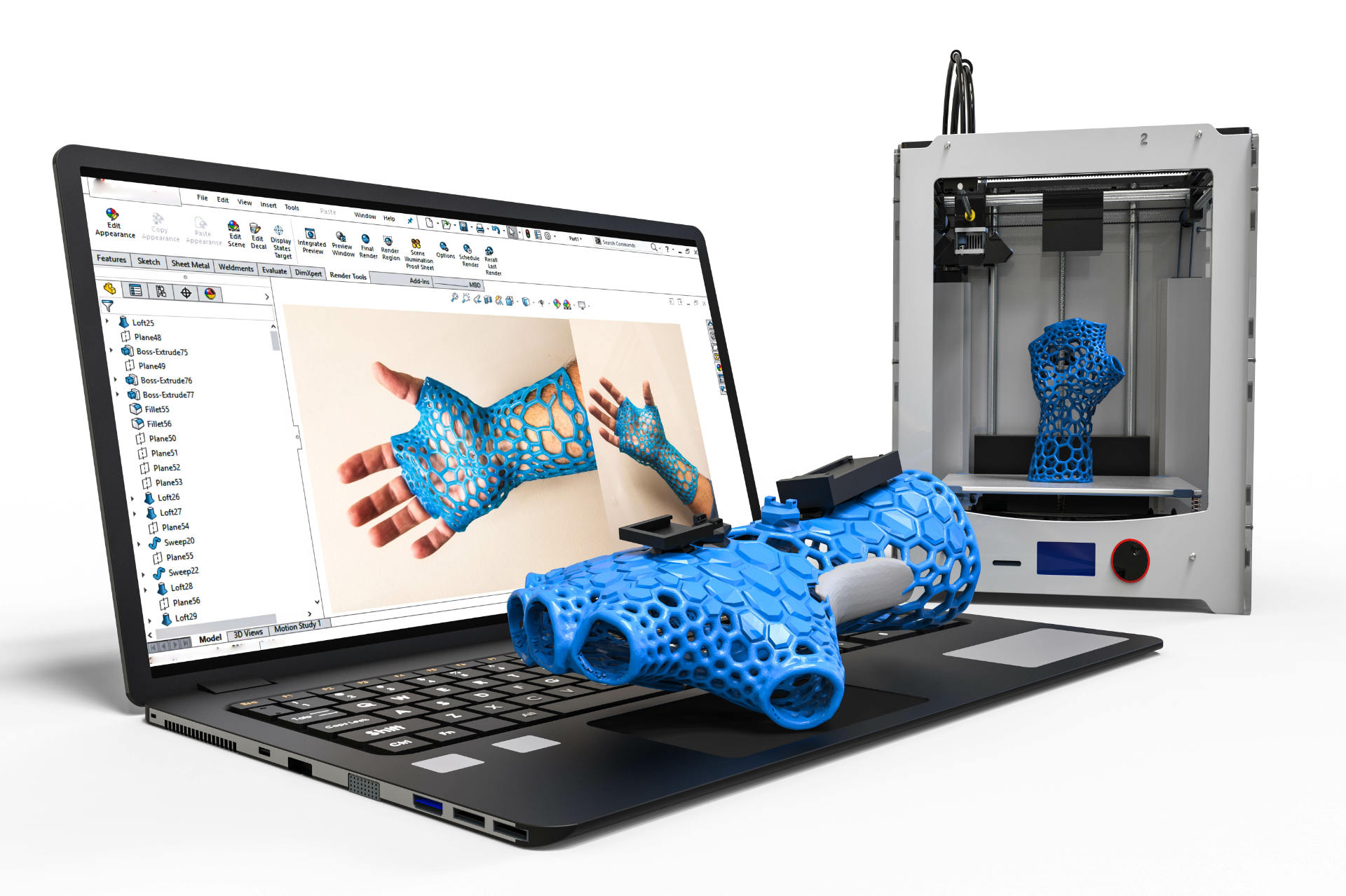
With 3D printing, rubber-like part prototyping is becoming more popular. Unfortunately, due to its complex process and material constraints, companies are still unable to 3D print actual rubber parts. Thankfully, recent advancements in rubber-like polymeric materials, such as thermoplastic elastomers (TPEs), have opened up new opportunities in this cutting-edge field.
Here are ways 3D printing is helping the rubber part design process:
1. Improved Prototyping
Rubber-like materials significantly reduce the lead time for manufacturing, which improves “time to market” because the design process can be accelerated. Because the time to produce a rubber-like part is much shorter than it is to have a metal part, you can more quickly determine whether changes need to be made to the design concept.
Furthermore, it is easier to produce multiple iterations of a design without concern for tooling.
2. Cost Reduction
3D printing can make prototyping more cost-effective. With the proper equipment, costs can be reduced by buying raw materials in bulk and reducing the need for tooling. This enables quick model production in a small space. Some say that the equipment and material costs are, in general, less expensive than CNC machining costs.
3. Smoother Design Process
When designing a new part for production, it is always beneficial to identify and resolve issues earlier in the process before investing in a new mass-production tooling tool.
Besides that, a 3D printed rubber-like part can help you fine-tune the design, significantly reducing the overall costs. It will help you determine whether the design needs to be modified or whether it is ready for mass production.
For example, if a part is too weak or flexible, you can identify and resolve these issues by 3D printing rubber-like parts. If a rubber-like part is printed, you have an excellent idea of what the piece will look like when mass-produced, which can help you determine whether it will be satisfactory for mass production.
4. Production of Individualised Parts
With 3D printing, you can produce individualised parts. The mass production of customised parts is helpful since it allows you to create a unique design for each customer’s needs. Besides greater flexibility in parts manufacturing, it also opens the potential for other industries that need rubber components.
This is an increasingly important aspect of the production process since it allows you to satisfy your customers’ needs better.
5. Improved Quality
3D printing enables the production of complex or highly detailed parts that would not be feasible with older design techniques. Early design stages have shown that 3D printing can produce stunningly accurate details across various materials and applications.
6. Easier Inspection and Testing
Testing and inspection can be done more easily and quickly. This is particularly useful for testing a part that must withstand high temperatures or resist high pressure. If a rubber-like part is 3D printed, the material can be used to determine its performance under challenging circumstances better.
Moreover, the main advantage of a 3D printed part is that you can show a good idea of how the component will perform long before mass production.
Conclusion
3D printing is a relatively new technology, but it quickly gains momentum. As more companies discover the benefits of 3D printing, we will continue to see the technology evolve and improve. At the moment, 3D printing is a great way to rapidly produce rubber-like parts and get an idea of how a piece will behave once it is manufactured on a massive scale.
You can look for companies that offer 3D printing services in the UK to help you. Here at 3D Quick Printing, Our goal is to provide a low-cost estimate for any rapid prototyping project. Work with us today!


Recent Comments